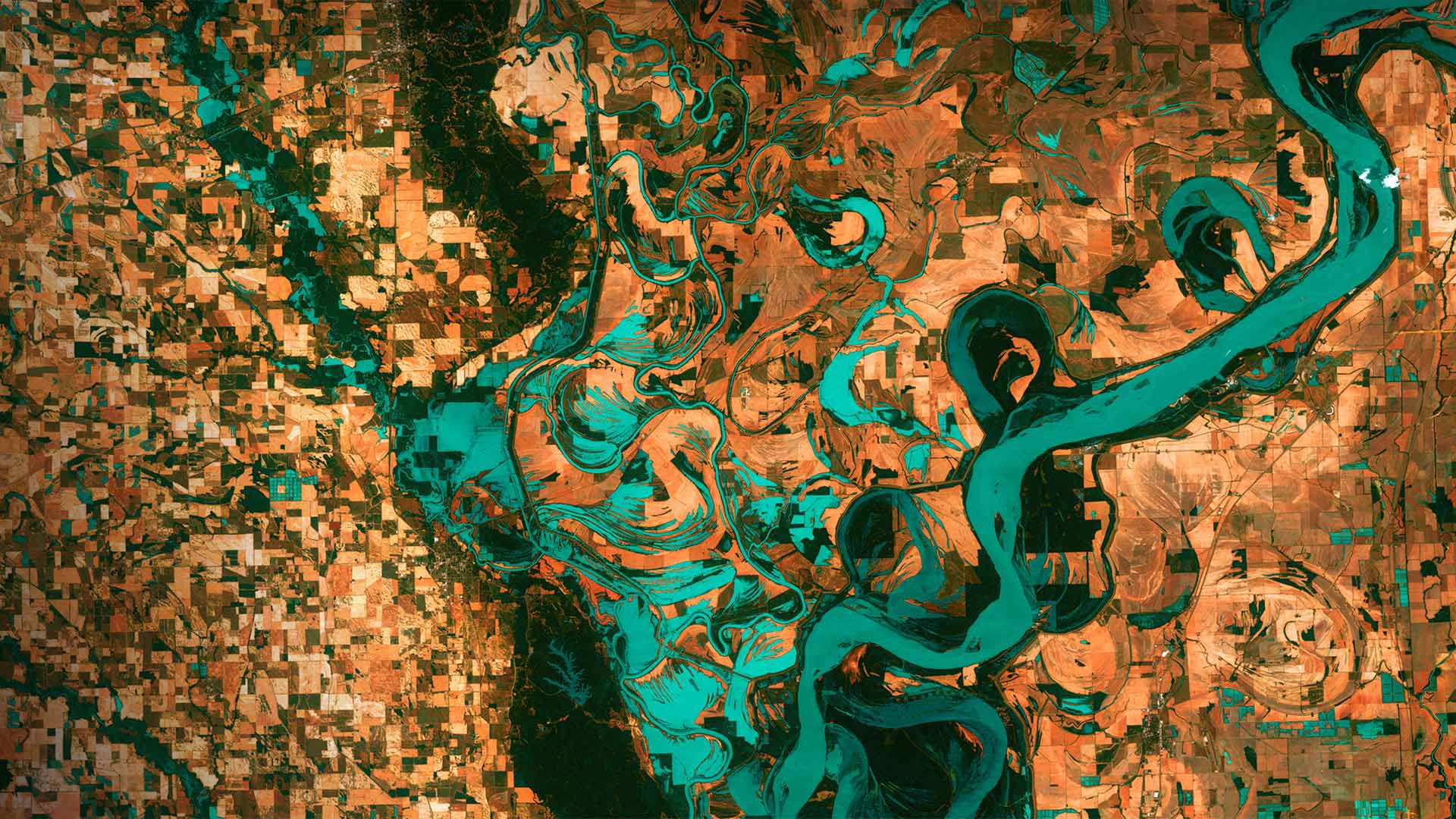The Rise of Character AI: How This Technology is Revolutionizing Virtual Worlds
In recent years, there has been a significant increase in the development and implementation of character AI (Artificial Intelligence) in virtual worlds. This technology has revolutionized the way we interact with and experience virtual environments, bringing a new level of realism and immersion to the digital realm.
Character AI refers to the ability of computer-controlled characters within virtual worlds to behave and interact with players in a way that mimics human-like behavior and intelligence. This can encompass a wide range of capabilities, including natural language processing, emotion recognition, and decision-making based on the environment and player actions.
One of the most prominent uses of character AI is in the gaming industry. Video games have long relied on non-player characters (NPCs) to populate their virtual worlds and provide players with challenges, quests, and interactions. With advancements in character AI, these NPCs have become much more sophisticated, with the ability to engage in meaningful conversations, dynamically adapt to player actions, and even display emotions and personality traits.
The introduction of character AI has not only enhanced the gameplay experience for players but also opened up new possibilities for storytelling and world-building in virtual worlds. Game developers are now able to create more lifelike and immersive environments, populated by characters that feel real and authentic. This, in turn, has led to a greater sense of immersion and emotional connection for players, as they navigate through virtual worlds filled with characters that have their own motivations, desires, and personalities.
Beyond gaming, character AI is also making waves in virtual reality (VR) and augmented reality (AR) applications. These technologies rely heavily on creating realistic and believable virtual environments, and the inclusion of advanced character AI is crucial in achieving this goal. In VR and AR experiences, character AI can bring virtual worlds to life, allowing users to interact with virtual characters in a way that feels natural and seamless.
Moreover, character AI has the potential to revolutionize other industries as well. From virtual training simulations for professionals to interactive storytelling experiences in entertainment, the applications of this technology are far-reaching. As character AI continues to advance, we can expect to see it playing a more prominent role in various virtual environments, offering new and innovative ways for people to engage with digital worlds.
Of course, as with any emerging technology, there are also ethical considerations to be made. The development of character AI raises questions about the potential impact on human interaction and empathy, as well as concerns about the potential exploitation of AI-generated characters. It is important for developers and creators to approach the implementation of character AI with thoughtfulness and consideration for its broader societal implications.
In conclusion, the rise of character AI is revolutionizing virtual worlds in ways we could not have imagined just a few years ago. This technology is opening up new possibilities for immersive experiences, storytelling, and human-computer interaction, across a wide range of applications. As character AI continues to evolve and mature, we can anticipate even more groundbreaking developments in the field of virtual environments and artificial intelligence.







